Filter by
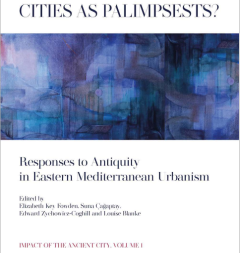
Cities as Palimpsests?; Responses to Antiquity in Eastern Mediterranean Urbanism
The metaphor of the palimpsest has been increasingly invoked to conceptualize cities with deep, living pasts.
- Edition
- -
- ISBN/ISSN
- 9781789257700
- Collation
- -
- Series Title
- -
- Call Number
- 930 FOW c
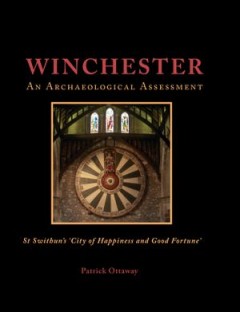
Winchester: An Archaeological Assessment Swithun's 'City of Happiness and Go…
This critical assessment of the archaeology of the historic city of Winchester and its immediate environs from earliest times to the present day is the first published comprehensive review of the archaeological resource for the city, which as seen many major programmes of archaeological investigation. There is evidence for activity and occupation in the Winchester area from the Palaeolithic per…
- Edition
- -
- ISBN/ISSN
- 9781789258943
- Collation
- -
- Series Title
- -
- Call Number
- -
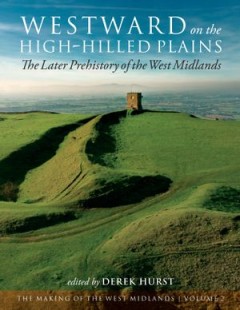
Westward on the High-Hilled Plains The Later Prehistory of the West Midlands
The West Midlands has struggled archaeologically to project a distinct regional identity, having largely been defined by reference to other areas with a stronger cultural identity and history, such as Wessex the South-West, and the North. Only occasionally has the West Midlands come to prominence, for instance in the middle Saxon period (viz. the kingdom of Mercia), or, much later, with rural s…
- Edition
- -
- ISBN/ISSN
- 9781789256512
- Collation
- -
- Series Title
- -
- Call Number
- -
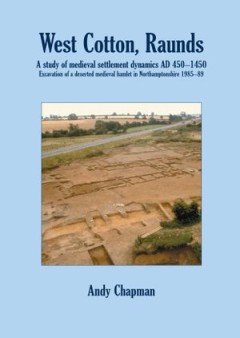
West Cotton, Raunds A Study of Medieval Settlement Dynamics AD 450-1450. Exc…
The open area excavation of nearly a half of the small deserted medieval hamlet of West Cotton, Raunds, Northamptonshire has revealed the dynamic processes of constant development in a way that has rarely been achieved on other comparable sites in England. Its origins have been seen to lie in the mid tenth-century plantation of a planned settlement based on regular one-acre plots, which occurre…
- Edition
- -
- ISBN/ISSN
- 9781842177587
- Collation
- -
- Series Title
- -
- Call Number
- -

A Tale of the Unknown Unknowns A Mesolithic Pit Alignment and a Neolithic Ti…
The site of Warren Field in Scotland revealed two unusual and enigmatic features; an alignment of pits and a large, rectangular feature interpreted as a timber building. Excavations confirmed that the timber structure was an early Neolithic building and that the pits had been in use from the Mesolithic. This report details the excavations and reveals that the hall was associated with the storag…
- Edition
- -
- ISBN/ISSN
- 9780000000903
- Collation
- -
- Series Title
- -
- Call Number
- -
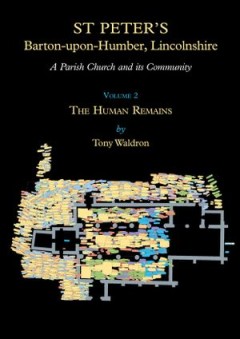
St Peter's, Barton-upon-Humber, Lincolnshire - A Parish Church and its Commun…
The excavations at St Peter's church, Barton-upon-Humber, between 1978 and 1984 have yielded the largest collection of human remains in the UK, dating from the late tenth century to the mid-nineteenth. The twin aims of the project were to understand the architectural history and setting of this complex, multi-period building (Volume 1), and to recover a substantial sample of the population for …
- Edition
- -
- ISBN/ISSN
- 9781842172834
- Collation
- -
- Series Title
- -
- Call Number
- -
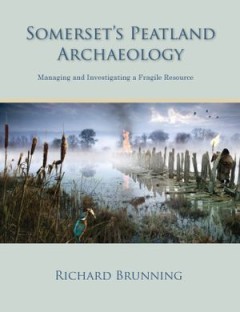
Somerset's Peatland Archaeology Managing and Investigating a Fragile Resource
The Somerset Levels and Moors are part of a series of coastal floodplains that fringe both sides of the Severn Estuary. These areas have similar Holocene environmental histories and contain a wealth of waterlogged archaeological landscapes and discrete monuments. The importance of Somerset's prehistoric wetland heritage is shown by the fact that twenty-five percent of all the prehistoric waterl…
- Edition
- -
- ISBN/ISSN
- 9781789256550
- Collation
- -
- Series Title
- -
- Call Number
- -
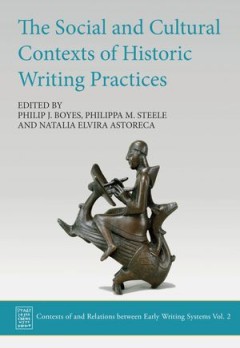
The Social and Cultural Contexts of Historic Writing Practices
Writing is not just a set of systems for transcribing language and communicating meaning, but an important element of human practice, deeply embedded in the cultures where it is present and fundamentally interconnected with all other aspects of human life. The Social and Cultural Contexts of Historic Writing Practices explores these relationships in a number of different cultural contexts and f…
- Edition
- -
- ISBN/ISSN
- 9781789254815
- Collation
- -
- Series Title
- -
- Call Number
- -

Sounding Islam
Sounding Islam provides a provocative account of the sonic dimensions of religion, combining perspectives from the anthropology of media and sound studies, as well as drawing on neo-phenomenological approaches to atmospheres. Using long-term ethnographic research on devotional Islam in Mauritius, Patrick Eisenlohr explores how the voice, as a site of divine manifestation, becomes refracted in m…
- Edition
- -
- ISBN/ISSN
- 9780520970762
- Collation
- -
- Series Title
- -
- Call Number
- -

Morals Not Knowledge
In a time when conservative politicians challenge the irrefutability of scientific findings such as climate change, it is more important than ever to understand the conflict at the heart of the “religion vs. science” debates unfolding in the public sphere. In this groundbreaking work, John H. Evans reveals that, with a few limited exceptions, even the most conservative religious Americans a…
- Edition
- -
- ISBN/ISSN
- 9780520297432
- Collation
- -
- Series Title
- -
- Call Number
- -
 Computer Science, Information & General Works
Computer Science, Information & General Works  Philosophy & Psychology
Philosophy & Psychology  Religion
Religion  Social Sciences
Social Sciences  Language
Language  Pure Science
Pure Science  Applied Sciences
Applied Sciences  Art & Recreation
Art & Recreation  Literature
Literature  History & Geography
History & Geography